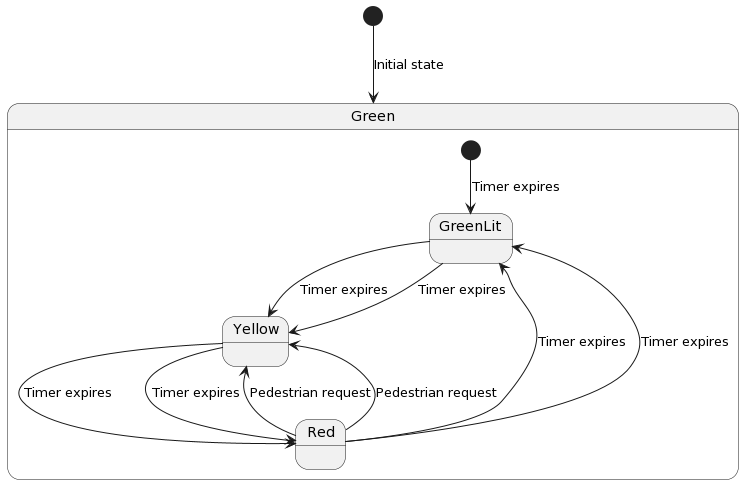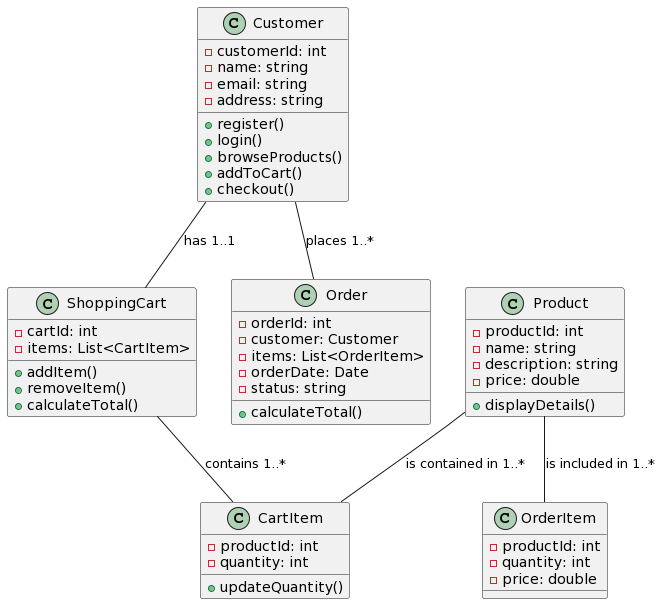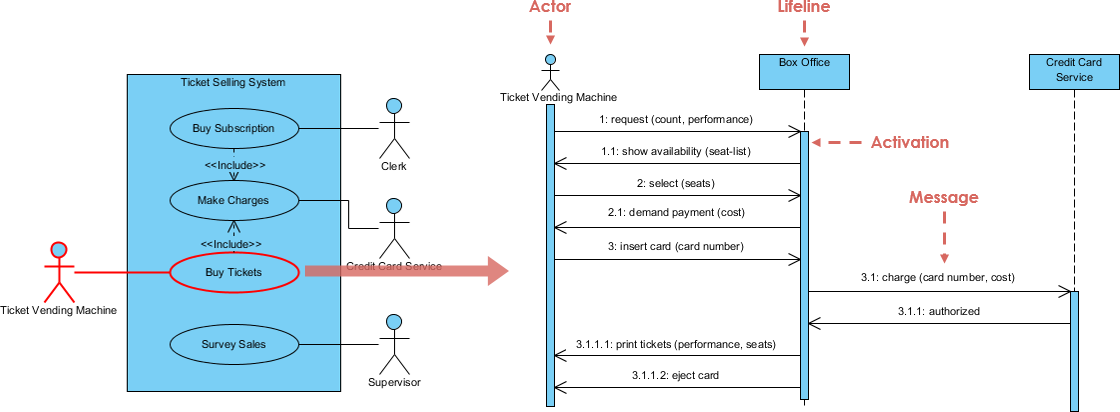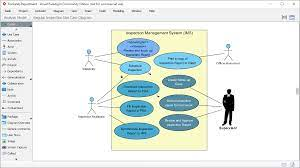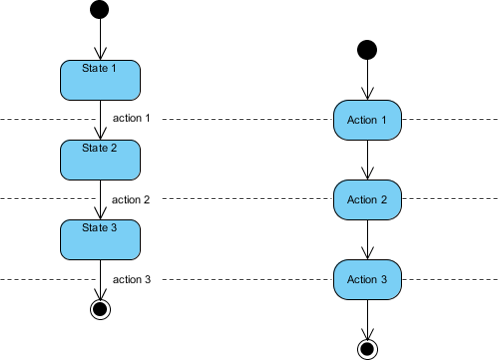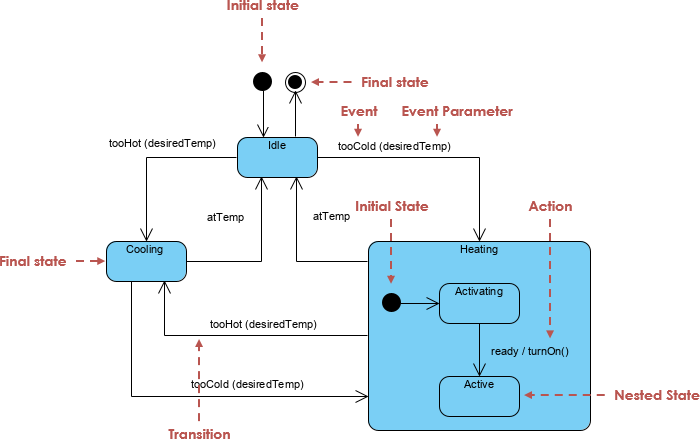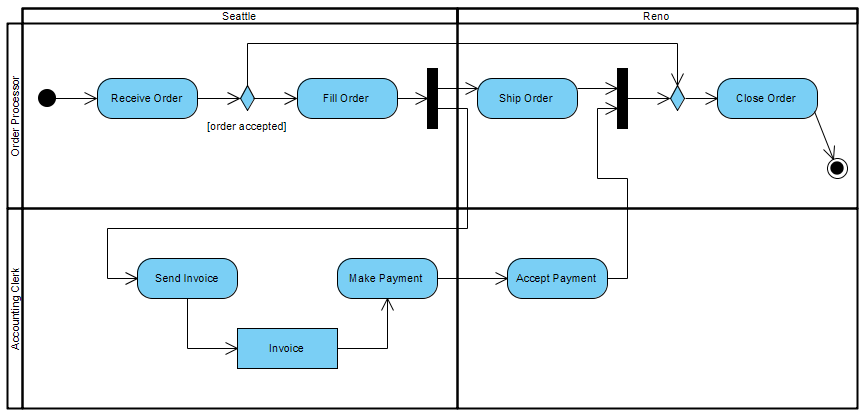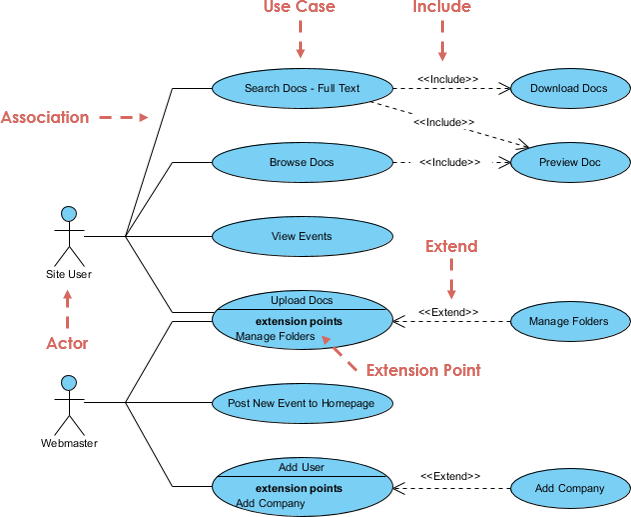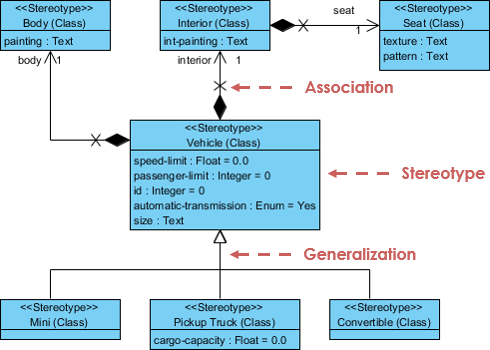Applying State Diagrams: A Comprehensive Guide
Introduction State diagrams are powerful tools used in various fields to model and visualize the behavior of systems, processes, and entities. They are especially useful for understanding and designing complex systems, providing a clear visual representation of how different states and transitions between them affect the overall functionality. In this article, we will explore how to apply state diagrams effectively in different usage cases, from software development to business process management and beyond. Software Development State diagrams play a crucial role in software development, aiding in the design and implementation of complex software…continue reading →

